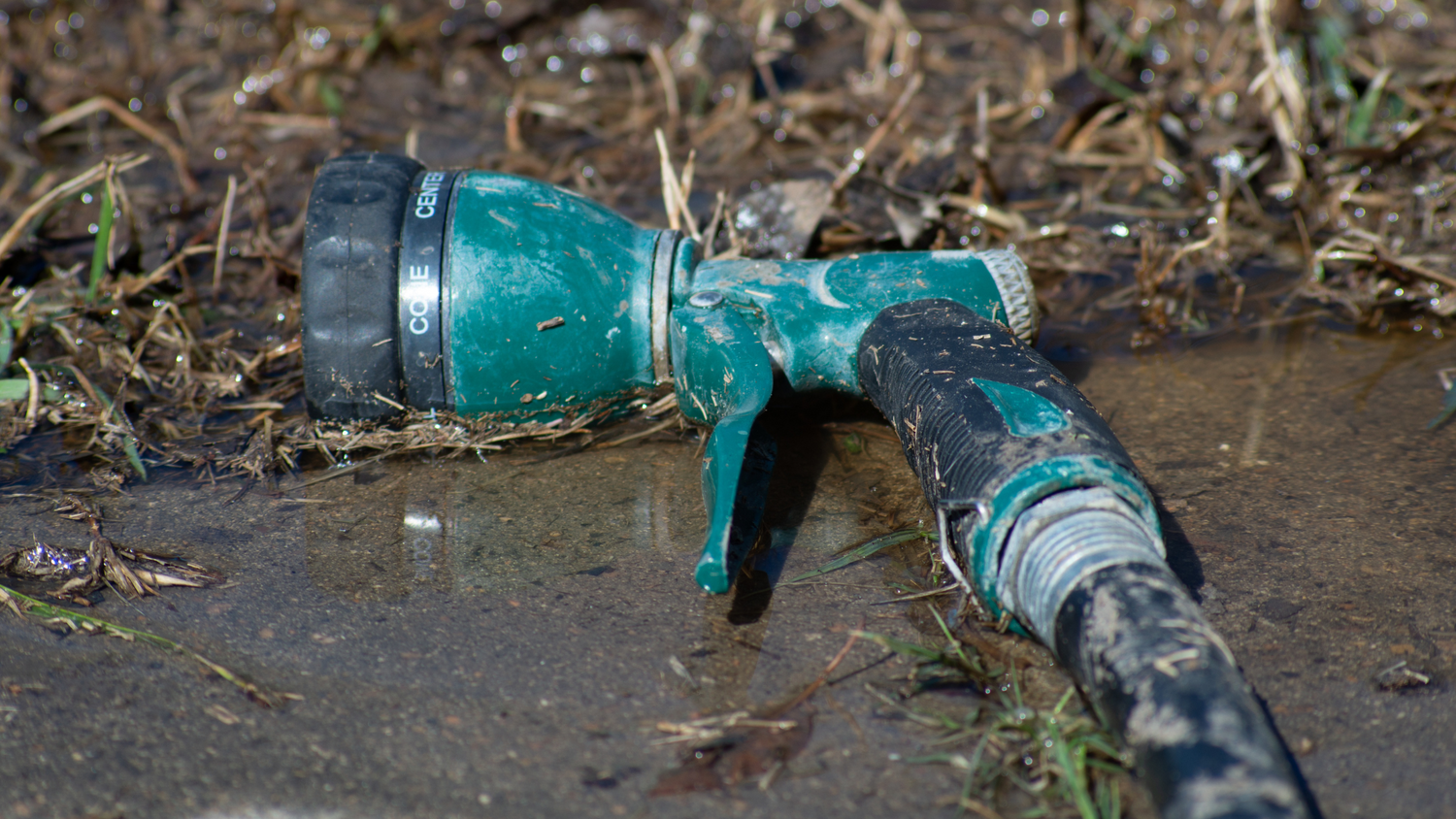There’s nothing quite like the serenity of tending to your garden, the tranquility of watering your plants, and the simplicity of maintaining your outdoor oasis. However, this peacefulness can quickly become frustrating when you find your hose nozzle stubbornly stuck to the hose, refusing to budge no matter how much you struggle with it. A stuck hose nozzle can halt your gardening activities, wasting valuable time and testing your patience. But don't worry! This comprehensive guide will walk you through several methods to remove a stuck hose nozzle, ensuring you can return to gardening with minimal disruption.
Understanding the Problem
Before diving into solutions, it's crucial to understand why hose nozzles get stuck. The most common reasons include:
- Corrosion and Rust: Over time, the metal parts on the hose and nozzle can corrode, especially if left outside to face the elements. This corrosion can cause the nozzle and hose to fuse, making separation difficult.
- Mineral Deposit Build-Up: If you live in an area with hard water, minerals can deposit over time inside the nozzle’s threads, bonding the nozzle to the hose.
- Over-tightening: Cranking the nozzle too tight can also make it difficult to remove it, as it can warp or damage the threads.
Tools and Materials
You might need the following items, depending on the method you choose to remove the stuck nozzle:
- Pliers or a wrench
- Lubricants (e.g., WD-40, cooking oil)
- Vinegar (for mineral deposits)
- Hot water
- A pipe wrench
- Gloves (to protect your hands)
- A cloth or rag
Method 1: Lubrication and Twist
- Apply Lubricant: Spray a generous amount of WD-40 or any penetrating oil around the area where the hose and the nozzle connect. Allow it to sit for several minutes. These lubricants can seep into the crevices and help dissolve rust and other substances causing the bond.
- Twist Gently: After letting the lubricant sit, grab the nozzle with a pair of pliers or a wrench, holding the hose with your other hand (or vice versa). Slowly twist back and forth. Alternating between tightening and loosening movements often encourages the threads to give way.
- Apply More Lubricant: If the nozzle remains stuck, apply more lubricant and repeat the process after waiting a bit longer.
Method 2: Hot Water
- Heat Water: Boil a pot of water. This will expand the metal of the nozzle and possibly loosen any mineral deposits.
- Pour Carefully: With thick gloves on, gently pour the hot water over the nozzle and the connection point. Be careful to avoid burns.
- Attempt to Remove: After letting it sit for a few minutes, try twisting the nozzle off. The heat should have expanded the metal slightly, making it easier to unscrew.
Method 3: Vinegar Soak for Mineral Deposits
- Prepare Vinegar Solution: Mix equal parts of vinegar and water in a large container or bowl to submerge the end of the hose and nozzle.
- Soak: Submerge the end of the hose with the nozzle attached to the vinegar solution and let it sit for several hours or overnight. Vinegar can help dissolve mineral deposits that might be causing the nozzle to stick.
- Remove and Clean: After soaking, try to remove the nozzle. You may need to follow up with a lubricant and twisting method for best results.
Method 4: Using Pipe Wrenches
- Secure the Hose: First, ensure it is secured or have someone hold it firmly. This method requires more force, and having the hose flail around can be dangerous.
- Apply Wrenches: Use one pipe wrench to grip the hose just below the nozzle and another to grip the nozzle itself.
- Twist: While holding the hose steady, gently but firmly twist the nozzle off. Ensure you’re twisting in the correct direction (lefty loosey, righty tighty).
Additional Tips
- Preventative Measures: To prevent future occurrences, consider applying a thin layer of grease or Teflon tape to the nozzle's threads before attaching it to the hose.
- Protection: Always wear gloves to protect your hands from cuts and the potential irritation from lubricants or hot water.
- Patience is Key: Sometimes, these methods require a bit of patience and multiple attempts. If one method doesn’t work initially, try combining them or repeating a step before moving on to more forceful measures.
When to Seek Professional Help
If all else fails, it might be time to seek professional help or consider replacing your hose or nozzle. A professional can offer specialized tools and techniques that may resolve the issue without causing damage to your equipment.
Final Thoughts
A stuck hose nozzle can be a formidable challenge to your gardening plans, but with the right tools, techniques, and a bit of elbow grease, it’s a challenge that can often be overcome. From simple lubrication and twisting to a more involved vinegar soak or hot water expansion technique to the brute force approach with pipe wrenches, there are several strategies you can employ before throwing in the towel. Patience, persistence, and proper preparation are the keys to success. Happy gardening, and may your hose nozzles always turn freely!






Leave a comment
This site is protected by hCaptcha and the hCaptcha Privacy Policy and Terms of Service apply.